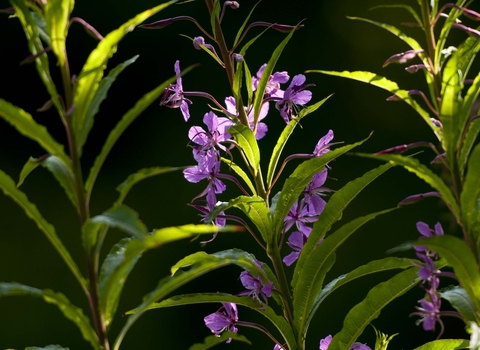Rosebay willowherb © Philip Precey

©Ross Hoddinott/2020VISION
Rosebay willowherb
A tall plant, Rosebay willowherb is a successful coloniser; it can form dense stands of bright pink flower spikes on disturbed ground, such as woodland clearings, verges and waste ground.
Enw gwyddonol
Chamerion angustifoliumPryd i'w gweld
June to SeptemberSpecies information
Category
Ystadegau
Height: up to 1.5mCommon.
